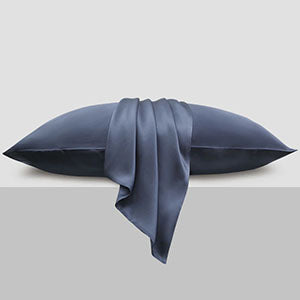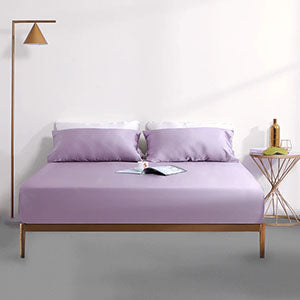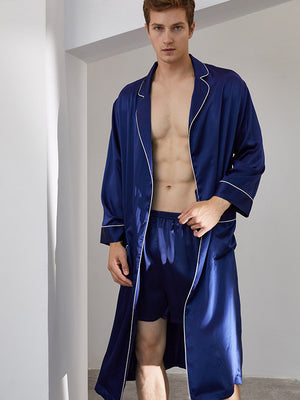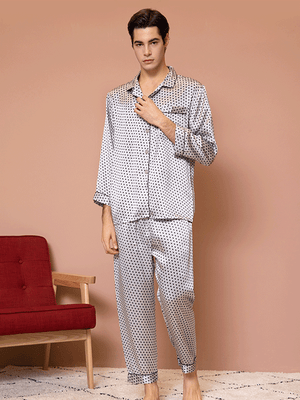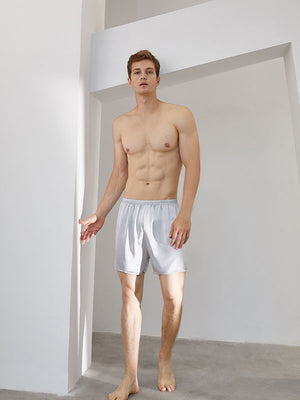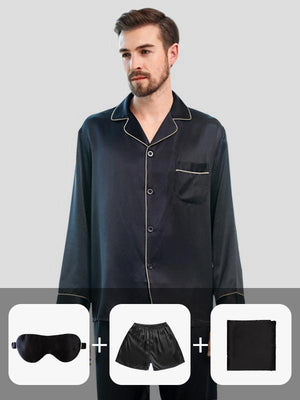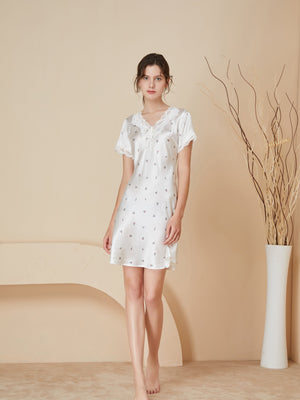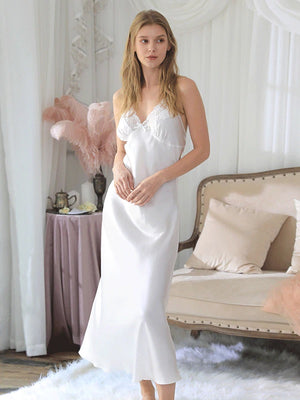Best Silk Pillowcase: Discover the Secret to Luxurious Sleep and Radiant Skin
- by wangfred
-
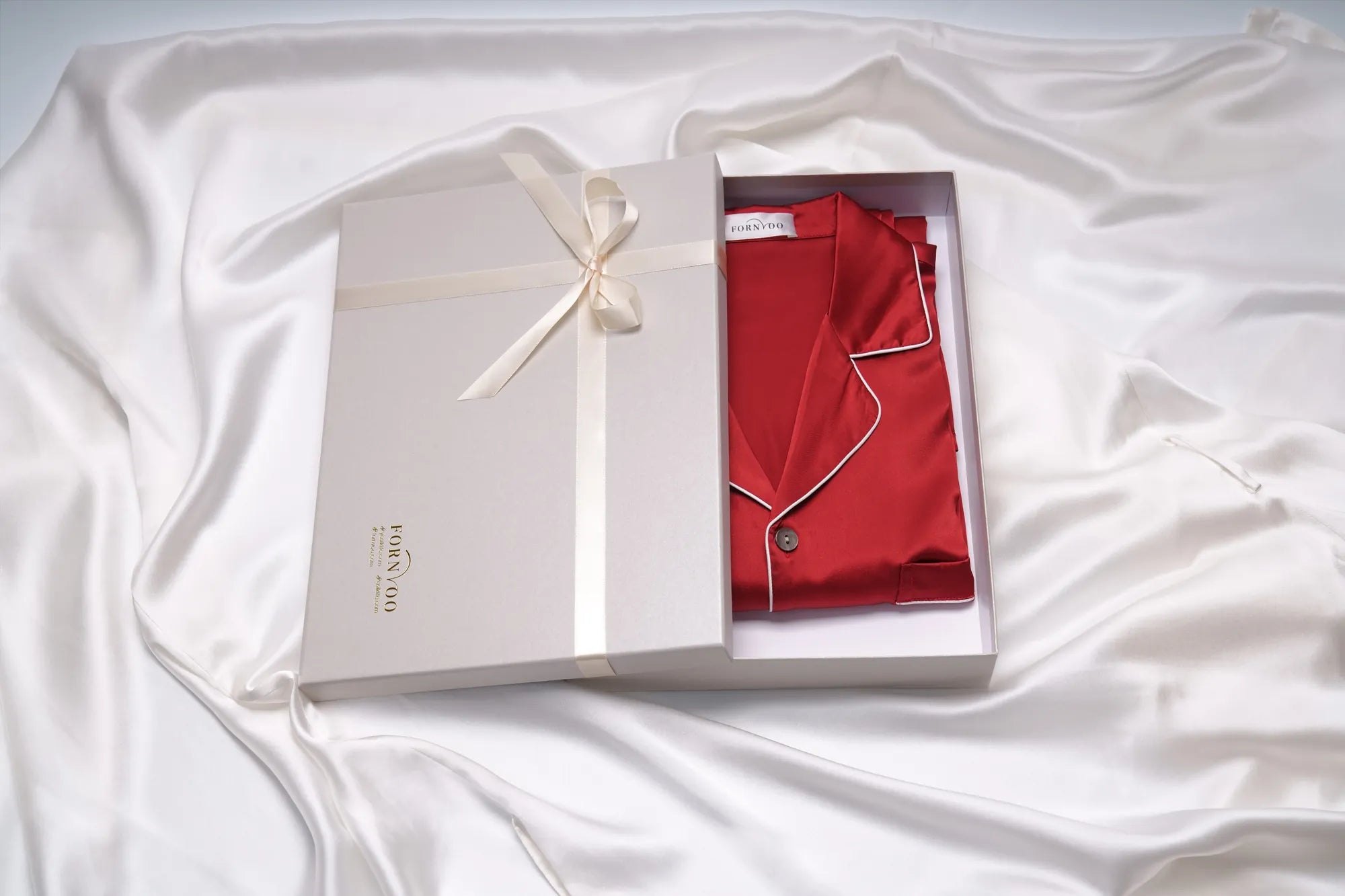
Imagine slipping into a bed adorned with a fabric so smooth it feels like a second skin. The allure of silk has captivated civilizations for centuries, and today, it’s not just reserved for haute couture or lavish bedding—it’s a game-changer for your nightly routine. The best silk pillowcase isn’t just a luxury; it’s an investment in your beauty and well-being. But what makes it stand out in a sea of cotton, satin, and polyester alternatives? Let’s unravel the secrets.
Why Silk Reigns Supreme
Silk, derived from silkworm cocoons, is a natural protein fiber celebrated for its hypoallergenic properties and breathability. Unlike synthetic materials, it regulates temperature, keeping you cool in summer and warm in winter. Its smooth surface minimizes friction, reducing hair breakage and preventing sleep creases that accelerate skin aging. Dermatologists often recommend silk pillowcases for individuals with sensitive skin or conditions like eczema, as they reduce irritation and help retain moisture.
The Science Behind Silk’s Benefits
- Friction Reduction: Silk’s slippery texture prevents tugging on hair strands, reducing split ends and frizz.
- Moisture Retention: Unlike cotton, which absorbs oils and hydration from skin and hair, silk locks in moisture.
- Hygienic Properties: Silk’s tight weave resists dust mites and allergens, making it ideal for allergy sufferers.
Choosing the Right Silk Pillowcase
Not all silk is created equal. The term ‘silk’ can refer to various grades and blends, so understanding key factors is crucial:
1. Momme Weight
Momme (mm) measures silk’s density and durability. A higher momme weight (19-25 mm) indicates thicker, more luxurious fabric, while lighter weights (12-16 mm) are softer but less durable.
2. Grade of Silk
Grade 6A is the highest quality, featuring long, unbroken fibers for unparalleled smoothness. Lower grades may pill or lose luster over time.
3. Weave Type
Charmeuse silk, with its glossy front and matte back, is the gold standard for pillowcases. Its tight weave ensures durability and a luxe feel.
Silk vs. Satin: The Great Debate
Satin pillowcases are often marketed as a budget-friendly alternative to silk, but there’s a catch. Satin refers to a weave pattern, not a material—most satin pillowcases are made from polyester. While they mimic silk’s slickness, they lack its natural benefits. Polyester traps heat, exacerbates sweating, and can irritate sensitive skin. Silk, being a breathable natural fiber, outperforms satin in comfort and functionality.
Care Tips for Longevity
To preserve your silk pillowcase’s integrity:
- Hand wash or use a gentle machine cycle with cold water.
- Avoid harsh detergents; opt for mild, pH-neutral cleaners.
- Air dry away from direct sunlight to prevent fading.
- Iron on low heat if needed, but silk’s natural resistance to wrinkles often makes this unnecessary.
The Investment Worth Making
While silk pillowcases cost more upfront, their durability justifies the price. High-quality options can last years with proper care, outlasting cheaper alternatives that require frequent replacement. Plus, the long-term savings on haircare and skincare products—thanks to reduced damage and irritation—add up.
Ready to elevate your sleep experience? Picture waking up each morning with smoother hair, hydrated skin, and the confidence that comes from treating yourself to the best. The journey to radiant mornings begins with a single swap—your pillowcase.
